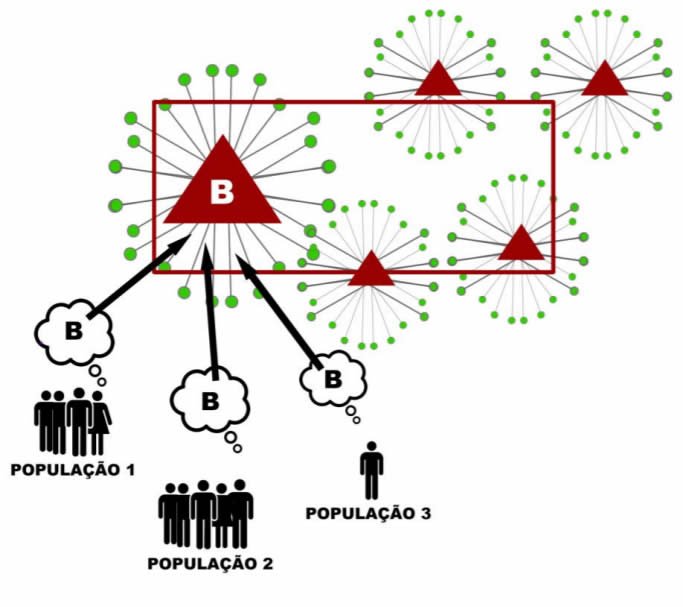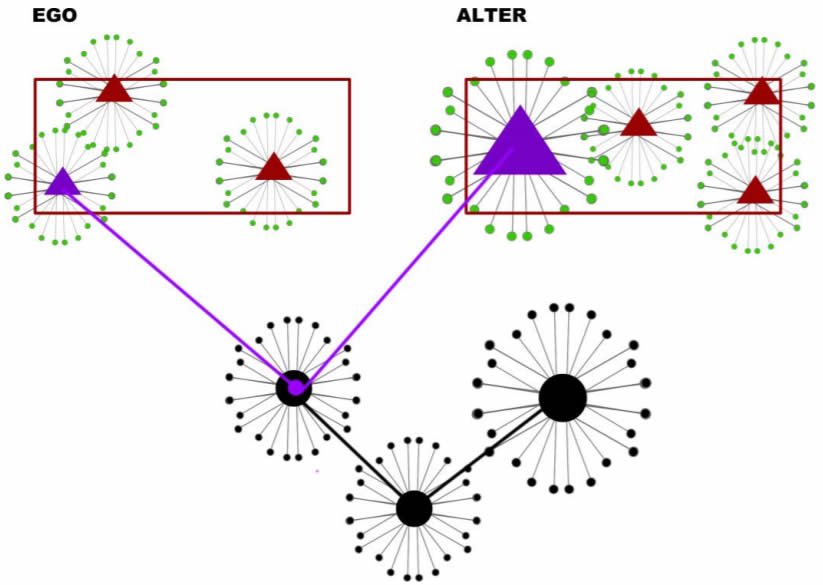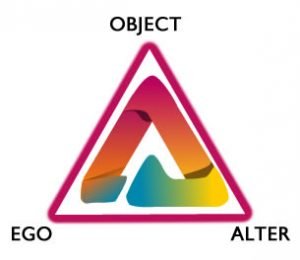Created by Brazilian professor and researcher Leonardo Viana, Agora is a theory of the field of social representations, based on Psychosociology, which represents a flight not only to the academic world, but also to the business world. The understanding of this theory revolves around two main points where its originality lies: 1) grouping people with related thoughts (forming agoras) and, from there, understanding what motivate such affinities. 2) grouping people from what they think about a particular subject, added to what these people think other people think about the same subject. Did you get confused? Calm down, let’s see a few examples:
About the first topic (grouping people with related thoughts and, from there, understanding what motivate such affinities):
Agora brings a differentiated look, since theories of the field focus on the meeting of people by criteria other than ideological, creating eventual generalizations failures. For example, let’s search what the residents of an X building think. Suppose it’s 100 residents in total, and of these, 89 think similarly (they like the color green). In the divulgation of the result, it is common to see the statement that the residents of X building like the color green, covered by the fact that 89 are the majority, but leaving aside that 11 people do not like green (Figure 1). This is a common problem in the news, political debates, informal conversations and academia. Another example – it is recurrent to find statements such as: Brazilians like samba, ignoring the fact that there are Brazilians who do not like it.
Figure1 – Delimitation of the population constituted by a criterion established by the researcher.

Viana (2020)
These brief reflections show us that agora provides organic groupings, wich means, the sets are first formed from people’s common thoughts and/or points of view. And then, these groups are analyzed, observing, mainly, why they think in such a way. On the other hand, studies in social representations, observe at first a grouping already given – as the examples of the residents of a building and brazilians – and then analyze them in their worldviews. Because it allows us to bring together those who share the same ideas, such as “ideological bubbles”, the use of agora gives the opportunity to understand how they are, where they come from and what motivates people of such a thought to think this way (Figure 2).
Figure 2- The formation of agoras with different groups.

Viana (2020)
Let’s go to the second pioneering point of the theory (to know what a person thinks about a given subject and also what this person thinks the other thinks about that same subject):
This point is a mention of the ego (I) and the alter (other), psychology’s terms. This is because we are people full of individuality at the same time as inserted in social contexts. With this, the search to fully understand the totality of someone necessarily involves the understanding of their individual traits and those originated in sociability. Agora theory makes use of ideologically grouping people who think alike in the two equation possibilities below:
Agora A = on the subject X, I think Y + I think the other also thinks Y about X
Or
Agora B = on the subject X, I think Y + I think the other thinks Z about X
See figure 3 about the formation of groups by related thoughts from the ego and the alter:
Figure 3 – Agora on comprehending ego and alter

Viana (2020)
Agora is, therefore, a theory, which encompasses a methodology as it determines how one reaches a group of people representing a given thought. Remember that traditions at this area of study hardly reach groups like these, since their conglomerates do not follow the ideological but objective criteria such as meeting people in a predefined place.
Affinity Plans
The elaboration of the Agora Theory foresees its application through a key methodology encamped by two main points: the use of keywords and their frameworks in an affinity plan.
Using keywords is a way to group people by their thoughts about a particular subject. For example, asking someone what they think about football, summed up in a word or more. If your answer is “passion”, you will be part of the group of people (agora) who also responded so. If the answer is “passion” and “luck”, it will be part of the group that sees football this way.
The affinity plan is directly linked to the number of related keywords among people mentioned in a response about a topic. The plan consists on five levels, in which the higher the level, the greater the affinity between ideologies. Using again the example: on the topic of football, the person can respond with up to five keywords. The more words mentioned in common, the greater the affinity of the formed group. The agora constituted by the people who quoted “passion” is level 1 (by the presence of a single related word), the one formed by the people who quoted “passion” and “luck” is level 2 (by the presence of two related words) and so on. Thereby, the level 2 agora has more affinity of thought among people than that of level 1.
See the following illustration:
Figure 4 – Agora affinity plan

Viana (2020)
Curiosity: where does the word Agora come from?
The word “Agora”, in Ancient Greece, represented a public square where important ideas for the “polis” were discussed. The Agora, as a collective space, also applied to times, altars and small sanctuaries, some were dedicated to heroes, such as the demigods of Greek mythology (Figure 5). We adopted this principle of co-construction of images of the world in public exchange by people from the same community as an expression capable of modeling the co-construction of representations that includes phenomena ideas and/or facts that emerge from the individual and social interests of groups.
For us, the understanding of an “Agora” is relatively simple: they are sets of people who have and share a social representation, whether of themselves (EGO), or of the other (ALTER). Agora is understood here as a structure that is constituted spontaneously, because it brings out ideas about objects, phenomena and/or facts, etc which are shared
social representations.
Figure 5 – Athens Agora

Viana (2020)
About the brand
The agora brand has its own representation from the nature of the theory that discusses the uniqueness between ALTER, EGO and OBJECT forming a triangle. The triangle also represents the formation of groups and the different colors, both hot and cold, represent the diversity of thoughts and groups with their various hues, differences and angles of the same ideology. The tag also represents the initials that make up the triplex Alter, Ego, and Object:




See more:
But in practice, what is agora’s for?
Corporate world, click here.
Academic world, click here.
How it works, click here.
The thesis that originated the Agora System, click here.
Meet the survey with 42,000 people that originated Agora, click here.
